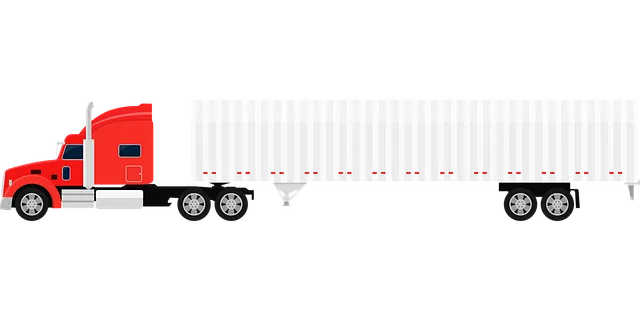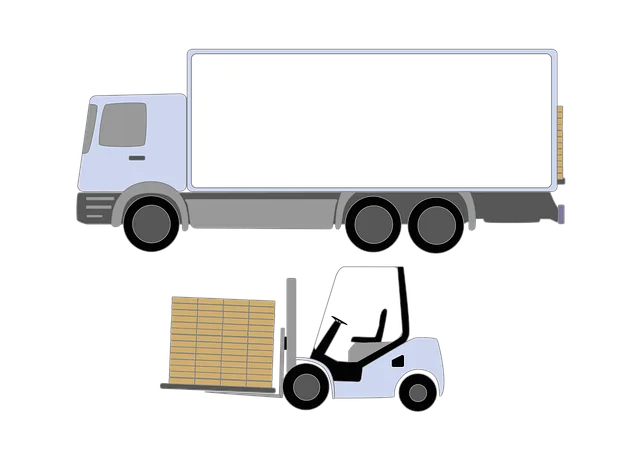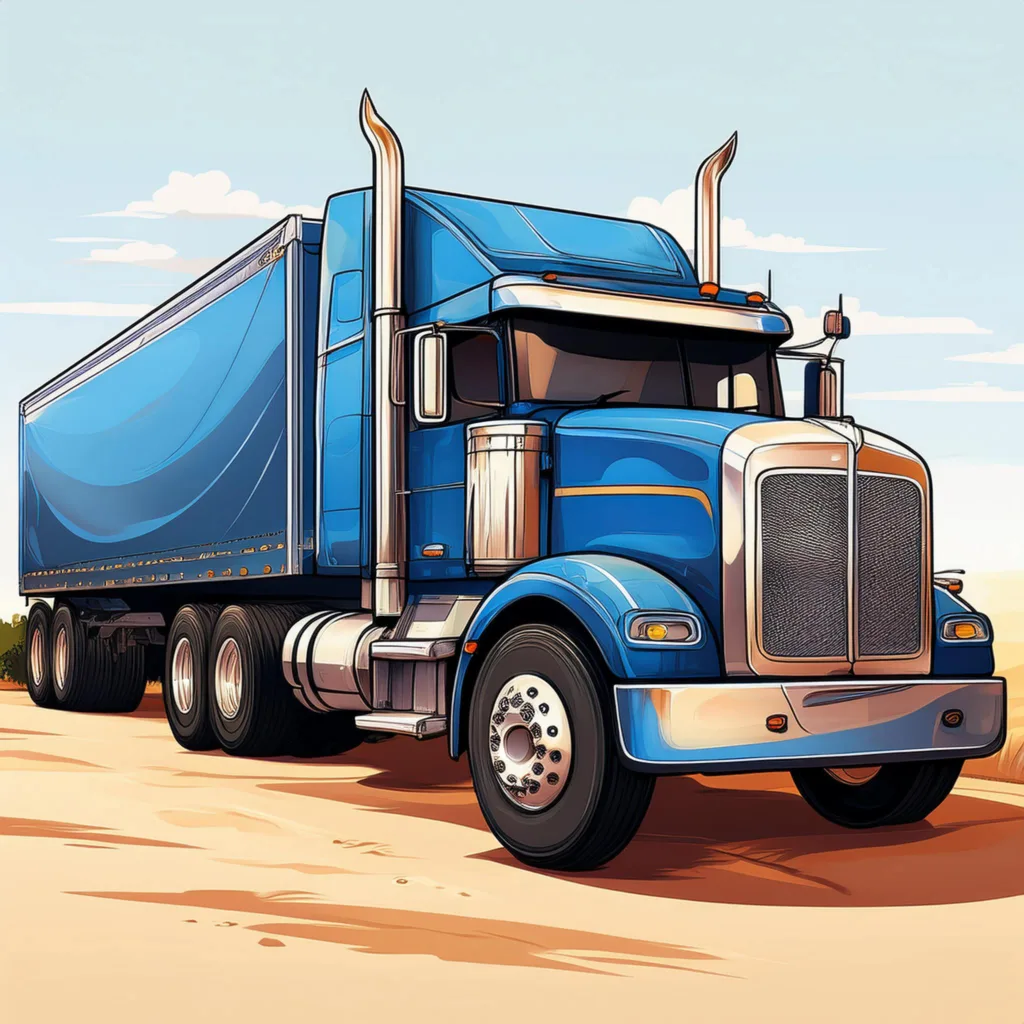Learn about the key differences between LTL vs. FTL freight to make the best choice for your shipping needs.

LTL vs FTL Defined
When shipping freight, “LTL” stands for “less-than-truckload,” and “FTL” stands for “full truckload.” At first glance, the difference might seem simple: LTL is used when a shipment won’t fill an entire dedicated truckload, while FTL is used when it will. But there’s more to consider. Let’s dive deeper into these transportation terms to see what each option means for your business and budget.
With LTL, your cargo shares space with other shipments. This allows for cost savings, as you’re only paying for the truck space you use. FTL, on the other hand, dedicates the entire truck to your shipment. This often leads to faster transit times and reduced handling.
Transportation Mode: Factors to Consider
When choosing between LTL and FTL, several factors come into play. Here’s what you need to keep in mind.

Number of Pallets and Size/Weight Limits
LTL shipments are typically used for loads between 150 and 15,000 pounds and up to 7-10 pallets. The reason the pallet count varies is because shippers route pallets that have different dimensions. In addition, motor carriers have different linear space rules of how much space an LTL shipment can take up. If your shipment is larger—over 15,000 pounds or more than 10 pallets— yet not large enough for a dedicated load, a Partial FTL may be required. By understanding these limits, you can choose the right type of service for your specific load size.
Cargo Fragility
For delicate or high-value items, FTL is usually the better option. With FTL, your shipment travels alone, minimizing handling and reducing the risk of damage. FTL loads, when routed with TLI, have $100,000 of default cargo liability coverage, and if you need additional coverage we can gather that as long as the request is made prior to the load being tendered for pickup. LTL shipments, however, involve multiple stops and shared trailer space, so there’s a bit more handling. LTL shipments travel through a network of carrier terminals, which increases handling of the shipment. Additional handling of shipments often results in increased risk of a lost or damaged shipment.

Speed and Stops: Direct vs. Multiple Stops
If you need fast delivery, FTL is often your best choice after expedite shipping. With FTL, your shipment moves directly from pickup to destination. LTL shipments typically make several stops to drop off other goods, which can add to transit time. If speed is less of a concern, and budget is more critical, LTL might be the way to go.
Partial Loads vs. Volume LTL Shipping
Sometimes, a shipment doesn’t fit neatly into either LTL or FTL. In these cases, consider two other options: volume shipping and partial truckloads.
- Volume Shipping: A type of LTL for loads over 6 pallets, weighing between 8,000 and 10,000 pounds. Volume shipping can be a cost-effective alternative to FTL. Volume shipments take up a great deal of linear feet, and travel within the LTL network.
- Partial Truckloads: Part of the FTL category, these shipments include 8 to 18 pallets and weigh between 8,000 and 27,500 pounds. They share truck space, as a multi-stop FTL, but generally arrive faster than LTL.
Security Needs
If security is a top concern, FTL is often the safer choice. FTL shipments are handled less, as they go directly to the consignee. Likewise, FTL shipments have higher cargo liability coverage than the LTL network. This minimizes the risk of theft or damage, especially useful for high-value or sensitive shipments. LTL shipments, while secure, involve more handling and stops.

LTL shipping offers more flexibility for specialized services. Need a lift gate, white-glove delivery, freeze protection, or limited-access delivery? LTL can accommodate these requests. Common add-ons in LTL include:
- Protect from Freeze: Prevents damage to temperature-sensitive goods.
- Notify Prior to Delivery: Ensures the consignee is ready to receive the shipment.
- Blind Shipments: Conceals the shipment’s origin or destination.
- COD (Cash on Delivery): Arranges for payment upon delivery.
With FTL, these services are limited in availability but still possible depending on the carrier.
LTL vs. FTL Shipping: You’re Covered Either Way
Whether your shipment requires LTL or FTL, TLI has the expertise, carrier network, and technology to ensure safe and efficient delivery. With over 30,000+ carriers, TLI covers 85 million miles annually and moves more than 458 million pounds of freight. Whichever mode of transportation you choose, we’re here to support your shipping needs with the tools, partnerships, and resources you need for success.
